The Battle of Kursk probably won’t result in nuclear weapons use against Ukraine. But Russian escalation vis-à-vis NATO can’t be ruled out.
By Nikolai N. Sokov | August 26, 2024
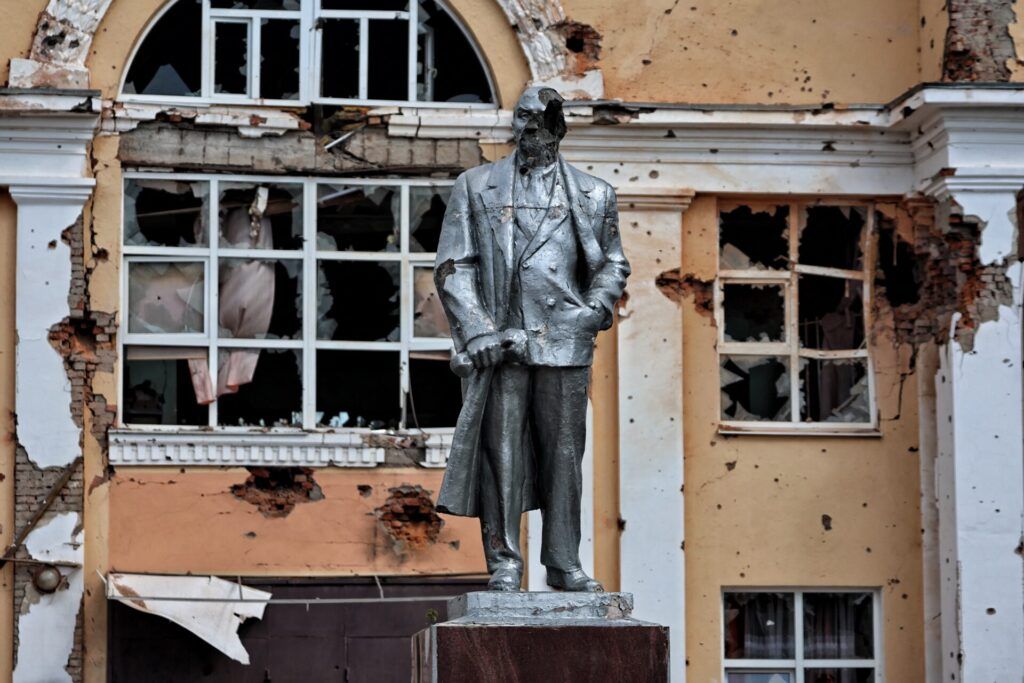 A damaged statue of the founder of the Soviet Union, Vladimir Lenin, in the Ukrainian-controlled Russian town of Sudzha, Kursk region, on August 16. (Photo by Yan DOBRONOSOV/AFP via Getty Images)
A damaged statue of the founder of the Soviet Union, Vladimir Lenin, in the Ukrainian-controlled Russian town of Sudzha, Kursk region, on August 16. (Photo by Yan DOBRONOSOV/AFP via Getty Images)
The successful Ukrainian offensive in the Russian Kursk oblast started in early August has once again triggered speculation about possible Russian nuclear use against Ukraine. The situation resembles the successful Ukrainian offensive in the late summer-fall of 2022 in the Kharkiv oblast, when many worried Russia would resort to battlefield nuclear use to stop advancing Ukrainian forces. On the face of it, there was reason to be concerned: Russian President Vladimir Putin did reference nuclear weapons in September 2022, and it became known more than a year later that the United States was “rigorously” preparing for that contingency.
A closer look reveals, however, that Putin’s 2022 reference to nuclear weapons sounded as an emotional impromptu remark made under stress, whereas the US assessment was reportedly based on an intercept of conversations among Russian generals rather than on tangible signs of preparation or data about discussions among policymakers. We now know that Moscow dealt with that situation in a different way: Partial mobilization helped beef up forces, which stopped the Ukrainian Kharkiv offensive.
Although the Kursk operation caught Russia by surprise once again, its military and civilian leadership are better prepared today to deal with surprise than in 2022.
The bridge was submerged 🐱 pic.twitter.com/bLJtaxgCuo
— Ukrainian Air Force (@KpsZSU) August 16, 2024
An attack on a Russian bridge during Ukraine’s assault on the Kursk oblast. Source: Ukrainian Air Force
One has reasons to be skeptical about the prospect of battlefield use of nuclear weapons. It was considered an acceptable option during the Cold War, especially its early years. Both the United States and the Soviet Union held large-scale exercises with live nuclear explosions in the 1950s, and both nuclear powers contemplated large-scale use of tactical nuclear weapons in Europe. Today, however, is different. The “nuclear taboo,” which began to take shape in the 1950s, has grown very strong.
Not that nuclear use is technically impossible. But the political and ethical implications make such a decision daunting—and unlikely. Battlefield nuclear use in Ukraine, for whatever reason, would make Russia a true pariah state in the international system, turning countries—partners and neutrals alike, all critical for breaking the tight sanctions regime, which has been established by the G7 economies and their partners—against Moscow. In other words, any nuclear use against Ukraine would be self-defeating for Russia.
Nuclear signals. Russian nuclear signaling has been persistent, going up and down throughout the war, with high points in the fall of 2022 and the spring of 2024, when Russian official rhetoric was the loudest. (Unofficial and semi-official rhetoric has never really stopped.) This signaling, however, has been exclusively and explicitly directed at the West—the United States and its allies. Even the very first statement of Putin announcing the “special military operation” contained a message to the West: “Do not interfere.” This is hardly surprising: The war is conceptualized in Russia as a proxy war with NATO. Putin’s spokesman, Dmitry Peskov, has repeatedly said—most recently in March and June of this year—that involvement of the West turned Russia’s so-called “special military operation” (“SVO” in Russia) into a full-scale war. Consequently, nuclear signaling has been addressed to the West.
The Ukrainian operation in Kursk may carry certain risks, but these risks are different from what is commonly and hastily assumed as nuclear use against Ukraine.
Russia’s central concern is the possible Western involvement in the war on the side of Ukraine, which can turn the tide at the front line. The most visible cause for such concern is the provision of modern Western arms to Ukraine, including long-range missiles capable of targeting deep into Russian territory. At a certain level, Western assistance may create serious, perhaps even insurmountable challenges for the Russian military. Each new step—including the provision of tanks, missile defense systems, tactical ballistic missile systems, and most recently F-16 fighter jets—triggers warnings about possible escalation. So far, Russia has coped with each new level of Ukraine’s military capability, but this may change in the future if Western assistance continues or even intensifies.
Perhaps more consequential for Russia, although less visible, is the provision of intelligence, which has helped Ukraine to select targets and significantly constrains Russia’s ability to clandestinely concentrate and move forces and supplies. In June, Russia accused the United States of providing targeting for Ukraine’s strike at the Armavir early warning radar—an accusation that US officials strongly and credibly denied. Many in Russia believe that Western specialists implement targeting for precision-guided missiles provided to Ukraine, and leaked conversation of high-level German officers is treated as conclusive proof.
Russians often repeat that a nuclear state cannot be defeated. This is true only to an extent, but there is realization in the Kremlin and beyond that defeat in the ongoing war cannot be tactical. Not only it will end the political regime—which the Kremlin equates with sovereignty—but consequences will affect the entire country for decades. If Russia considers itself de facto at war with the United States and NATO and believes the West seeks its “strategic defeat,” then nuclear weapons legitimately enter the picture under the existing 2020 Decree on Nuclear Deterrence and the 2014 Military Doctrine. This is precisely the situation the United States has tried to avoid: At the very beginning of the war, President Joe Biden took a firm position that the United States was not at war with Russia, directly referring to the risk of escalation. In the fall of 2022, when Washington most worried about a Russian nuclear use against Ukraine, Biden estimated the risk of nuclear war was at its highest since the 1962 Cuban Missile Crisis. After the situation somewhat calmed down, he revised that assessment and declared in the summer of 2023 that there was no prospect of Russia using nuclear weapons.
Russian nuclear signals to the West can be divided into two categories.
The first is public statements, especially coming from the most authoritative source, Vladimir Putin, which have been relatively rare—namely, the “SVO” announcement and the September 2022 warning referenced above. The next peak occurred in the spring of 2024 over French President Emmanuel Macron’s remark (subsequently modified) about possibly sending French troops to Ukraine and British Foreign Minister David Cameron’s suggestion that UK-provided missiles might be used against Russia’s pre-2014 territory. These statements triggered multiple public threats of escalation in response topped with Putin’s statement in June: “For some reason, they in the West believe that Russia will not use anything of that [nuclear weapons]. We have a nuclear doctrine—look what is written there. If someone’s actions will threaten our sovereignty and territorial integrity, we consider it allowable to use all means at our disposal.” Putin also declared that threats may force Russia to change its nuclear doctrine, hinting that the nuclear threshold might be lowered.
The second category of nuclear signals is arguably more tangible: actions that change Russia’s nuclear posture and/or alert level. Such actions notably include nuclear sharing arrangements with Belarus, whose implementation began in the summer of 2022—after it became clear that war with Ukraine would be protracted, and Russia could not prevent the West from providing assistance to Ukraine—and was completed already in mid-2023. Other highly visible examples are exercises with tactical nuclear weapons, which have been held in three stages in May, June, and August of 2024. In and of themselves, these exercises did not feature anything new. Similar activities had been conducted many times before, but, this time, they were widely advertised. Surprisingly, these concrete signals attracted less attention than public statements.
Fuzzy red lines. Without doubt, publicly playing with the prospect of nuclear war is dangerous—in addition to be morally reprehensible—but one must admit that Moscow has been relatively restrained in its threats so far; it could certainly make more threats and make them more openly. So why has Russia shown such restraint as it conducts a full-fledged war?
After all, red lines have been announced many times. For instance, former Russian President Dmitry Medvedev has announced new red lines every half a year or so, losing a great deal of credibility as a result. This led some, like David Cameron, to even declare that the threat of escalation was illusory.
The present situation in Ukraine remains very challenging for analysts, including myself: One might even say that everything we thought we knew about red lines from the Cold War is no longer relevant. Back then, red lines were reasonably clearly defined: crossing the border or launching a large-scale attack, whether nuclear or conventional, intentionally or not. No such red line exists today.
Russia’s nuclear doctrine itself offers a criterion—threat to sovereignty and territorial integrity—that is very vague and subject to interpretation. Adversaries are forced to guess what the Russian leadership might determine as a critical situation. Rational behavior under conditions of uncertainty is to move with caution. For instance, despite criticism from many quarters, the United States has increased assistance to Ukraine in a piecemeal fashion, making sure to gauge Russian reaction at each new step.
The Russian leadership itself may not know what exactly constitutes a red line. So far, it seems to make such judgement after the fact, evaluating each new level of assistance to determine its impact on the course of the war. If and when such impact reaches a level that puts Russia on the brink of a “strategic defeat,” it may be classified as having crossed a red line.
The uncertain and ad hoc nature of Russia’s red lines conveys considerable risks.
Particularly concerning, a red line may be crossed inadvertently, without full understanding that it has been crossed, especially after a long series of gradual steps, which did not trigger an immediate Russian reaction.
Evaluation of each new step takes time—from weeks to months. The absence of visible reaction may create a false sense of safety, potentially emboldening U.S. and Western officials. Then, if and when a Russian reaction takes place, it may catch Western allies by surprise and be perceived as unjustified and unprovoked, for the precise reason that the red line was unknown.
No doubt that Russia is very reluctant to launch an escalation that could result in nuclear use: The costs to Russia itself would be enormous—probably unbearable for the country and its leadership. The understanding of the consequences therefore dictates caution; as a result, Russia might even refrain from reacting to the crossing of the red line, hoping it may somehow cope and instead limit itself to stronger and more explicit signals. However, delay may not last long: The next new step in assistance to Ukraine or new sanctions could finally trigger substantive reaction. Given the circumstances, this reaction will certainly be regarded in the West as irrational, but in fact will be boundedly rational and delayed sufficiently to seem unprovoked.
Thus, the riskiest circumstances will happen after a red line has been crossed, not before. Each side will balance between caution and the perceived strategic need to act. Worse, a long sequence of moves that did not result in escalation may create a false sense of security and increase propensity for risk-taking on the part of Western military officials and political leaders. In this case, past is poor predictor, especially when red lines are unknown; the situation may turn on its head without enough warning—or a warning may be disregarded or not understood as a warning—at almost any moment.
The crossing of a red line in the war in Ukraine may not result in nuclear use. A more likely contingency is escalation starting with something relatively small, but visibly consequential. For example, Russia might shoot down a Global Hawk unmanned aerial vehicle over the Black Sea or engage in a confrontation on or over the Baltic Sea or strike Ukrainian assets outside Ukraine as the possibility of basing F-16s outside Ukraine is still discussed. NATO will not be able to refuse to react, possibly starting an escalation, to which Moscow likely would continue to press on, clearly indicating that at the escalation ladder ends with nuclear use. Such behavior would be in line with the concept of “de-escalation.” This term that does not exist in official Russian documents, but the essence is there: The threat of nuclear use is expected to force the West to retreat, because its stakes in the conflict are believed to be lower than those of Russia in the war in Ukraine.
As the Kursk offensive is still unfolding, the situation on the ground remains difficult and fluid. But at least so far, it does not seem sufficiently threatening to Russia, suggesting to Western allies that the likelihood of escalation is low. Yet, a hint at increasing tension can already be detected in the Foreign Ministry’s statement that Ukrainian strikes at bridges over the Seim river was the first use of HIMARS light multiple rocket launchers in pre-2014 Russian territory.
It can be predicted with reasonable confidence that Russia will not threaten, much less use, nuclear weapons against Ukraine. Escalation vis-à-vis NATO, however, is a different matter: That likelihood appears higher, but knowing in advance how high it is may be impossible.
Considering the risks outlined above, one obvious question is whether the West should continue and perhaps increase support of Ukraine. I believe that questions about the Kursk invasion and whether the West should continue aiding Ukraine are essentially unrelated. Regardless of which decision is made in regard to Western aid, the risks of that policy must be known and understood. Nothing good can come out of policy that is consciously blind to possible challenges. To the contrary, full information can enhance chances for success and lessen the likelihood of escalation.
Together, we make the world safer.
The Bulletin elevates expert voices above the noise. But as an independent nonprofit organization, our operations depend on the support of readers like you. Help us continue to deliver quality journalism that holds leaders accountable. Your support of our work at any level is important. In return, we promise our coverage will be understandable, influential, vigilant, solution-oriented, and fair-minded. Together we can make a difference.
Keywords: Belarus, Kursk oblast, Russia, Ukraine, Vladimir Putin, battlefield nuclear weapons
Topics: Nuclear Risk, Nuclear Weapons
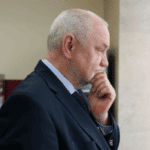

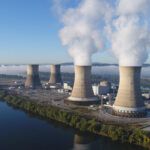





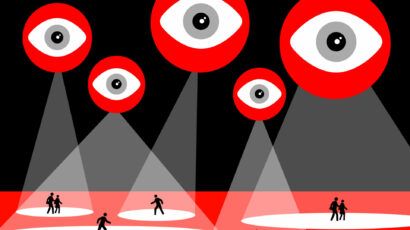
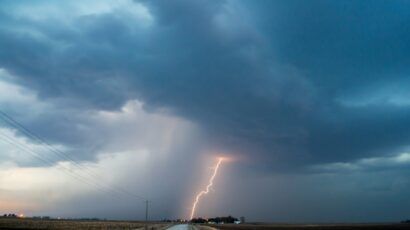
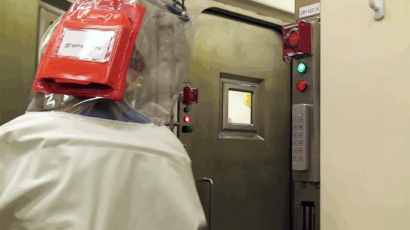
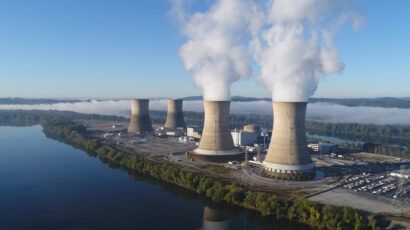


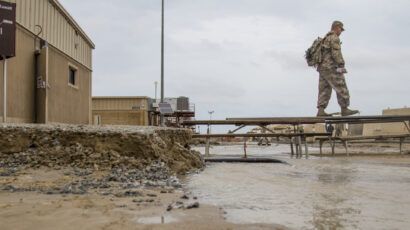
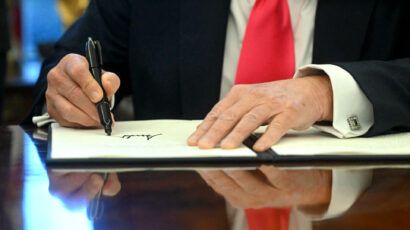
Would Moscow’s use of tactical nuclear weapons on Ukrainian troop formations in the Kursk oblast carry any military advantages? More importantly, would the use of nuclear weapons on one’s own soil violate the above noted “nuclear taboo” in the same sense as the use of those weapons on the territory of an adversary?
It is crucial for the West not to be deterred by any Russian threats. Nuclear blackmail is still blackmail, and should not be accepted as a valid deterrent. Instead, the West should press ahead with granting Ukraine as much military aid as it can use. Putin’s war should be made absolutely as costly as possible to Putin and his regime. Unfortunately, the U.S. is handicapped by politicians like Donald Trump and his fellow travelers, who are all at least Russian dupes and in the case of Trump and some others, very possibly outright traitors to the U.S. who are beholden… Read more »
I am certain that sometimes people who know secret things either go insane or get dementia and so the CIA must have an institution for them. Trump should be in a “white room” (a torture method) with no human contact with only an AI to give orders. Prison inmates have rights. Mental Patients may be denied all rights if their Doctors believe that exercising those rights could interfere with treatment.
If Russia should win – any – part of Ukraine in this war, it will prove to the world one new thing: that nuclear blackmail works. Once it is established that nuclear blackmail is a useful tool for gaining whatever a government desires, there will be no taboo on using it. Russia will continue to use the tactic to expand through conquest, and China will easily take Taiwan and whatever other territory it desires as well. No matter how dangerous the risk, it is vital that the threat of nuclear blackmail never, ever be rewarded in any way. It must… Read more »